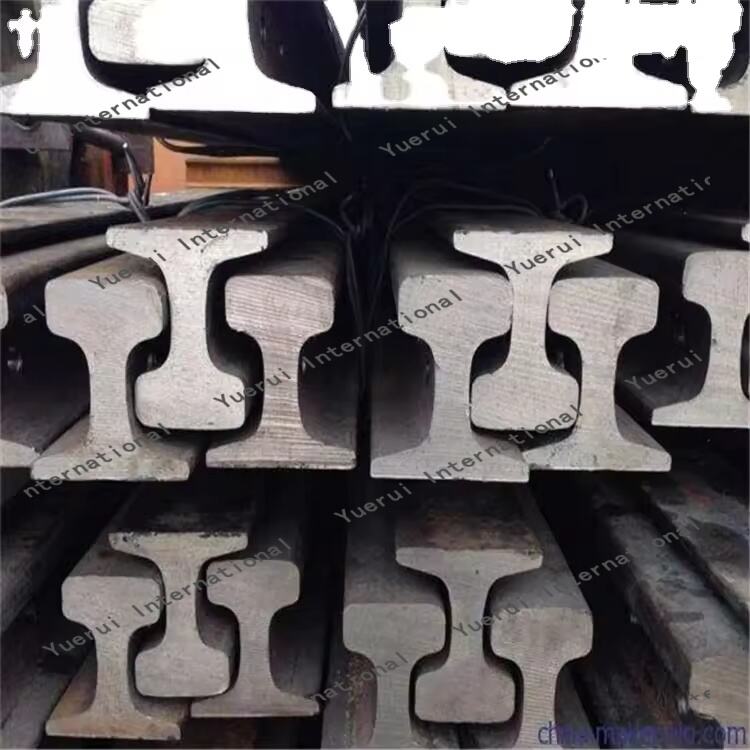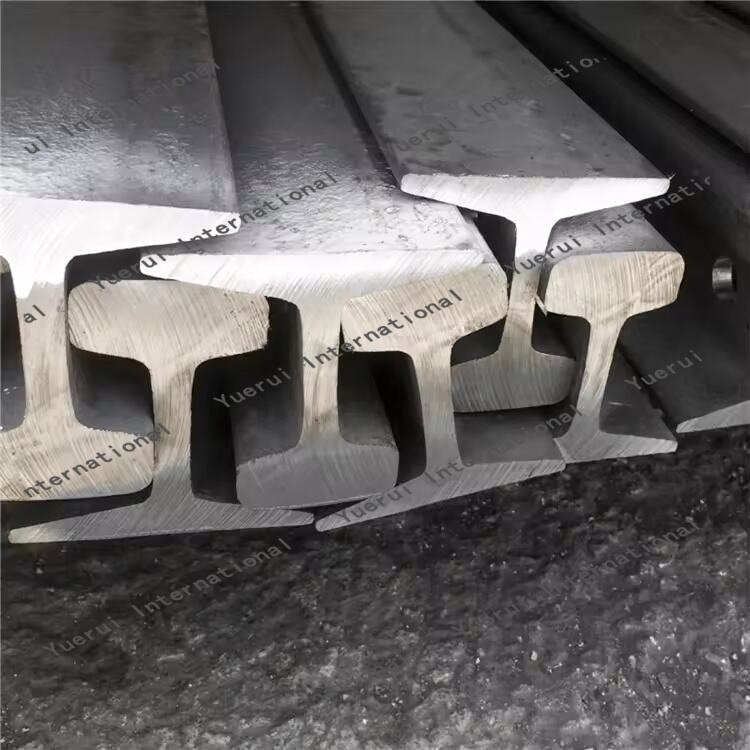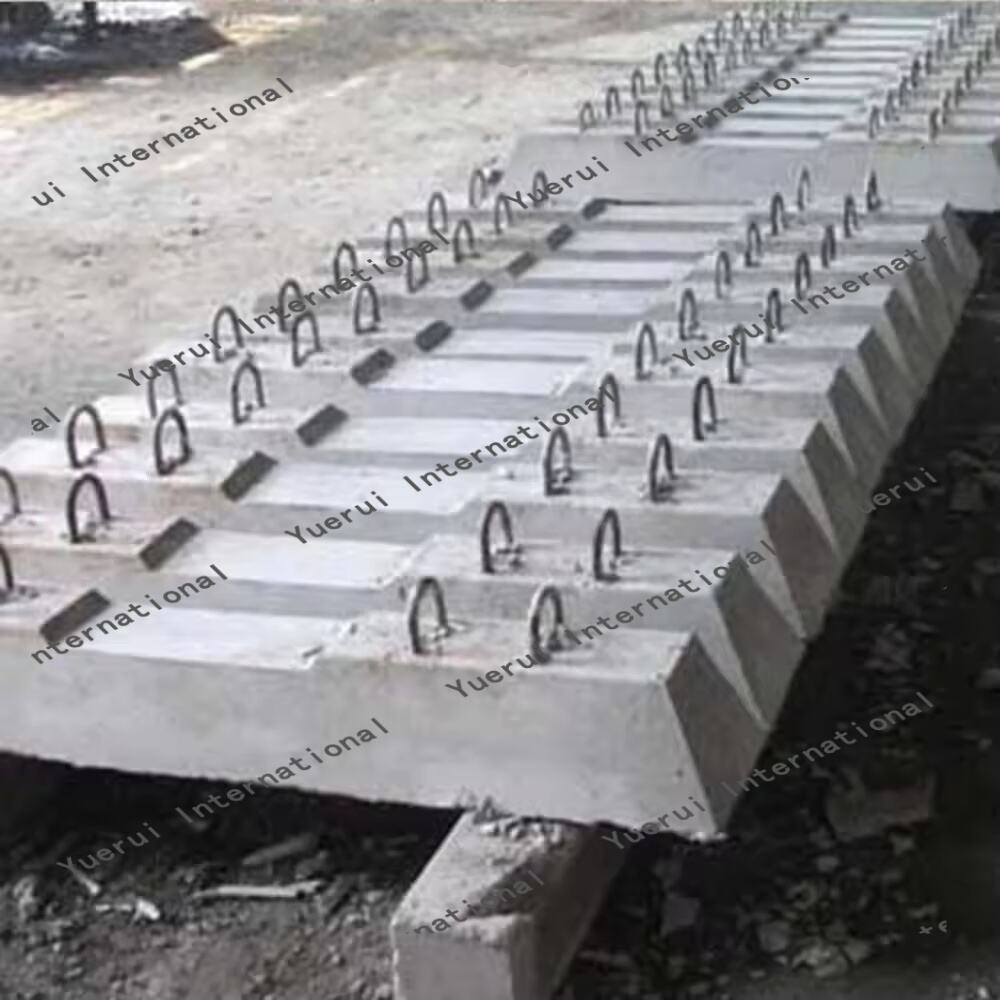concrete railroad ties
Concrete railroad ties, also known as concrete sleepers, represent a critical advancement in railway infrastructure technology. These essential components serve as the fundamental support system for railroad tracks, providing stability, durability, and consistent performance under extreme conditions. Manufactured using high-strength reinforced concrete, these ties feature precision-engineered dimensions and embedded fastening systems that ensure optimal track gauge maintenance and load distribution. The ties incorporate steel reinforcement bars and pre-stressing techniques, enabling them to withstand massive dynamic loads from passing trains while maintaining structural integrity. Modern concrete railroad ties typically measure between 8-9 feet in length and weigh approximately 600-800 pounds, offering superior ballast restraint compared to traditional wooden alternatives. Their design includes specifically contoured shoulders and bearing areas that accommodate various rail fastening systems, ensuring secure rail attachment and proper alignment. These ties feature carefully calculated dimensions that optimize track geometry and maintain proper drainage, contributing to enhanced track stability and reduced maintenance requirements. The manufacturing process involves sophisticated quality control measures, including precise concrete mixing ratios, controlled curing conditions, and rigorous testing protocols to ensure consistent performance standards.


